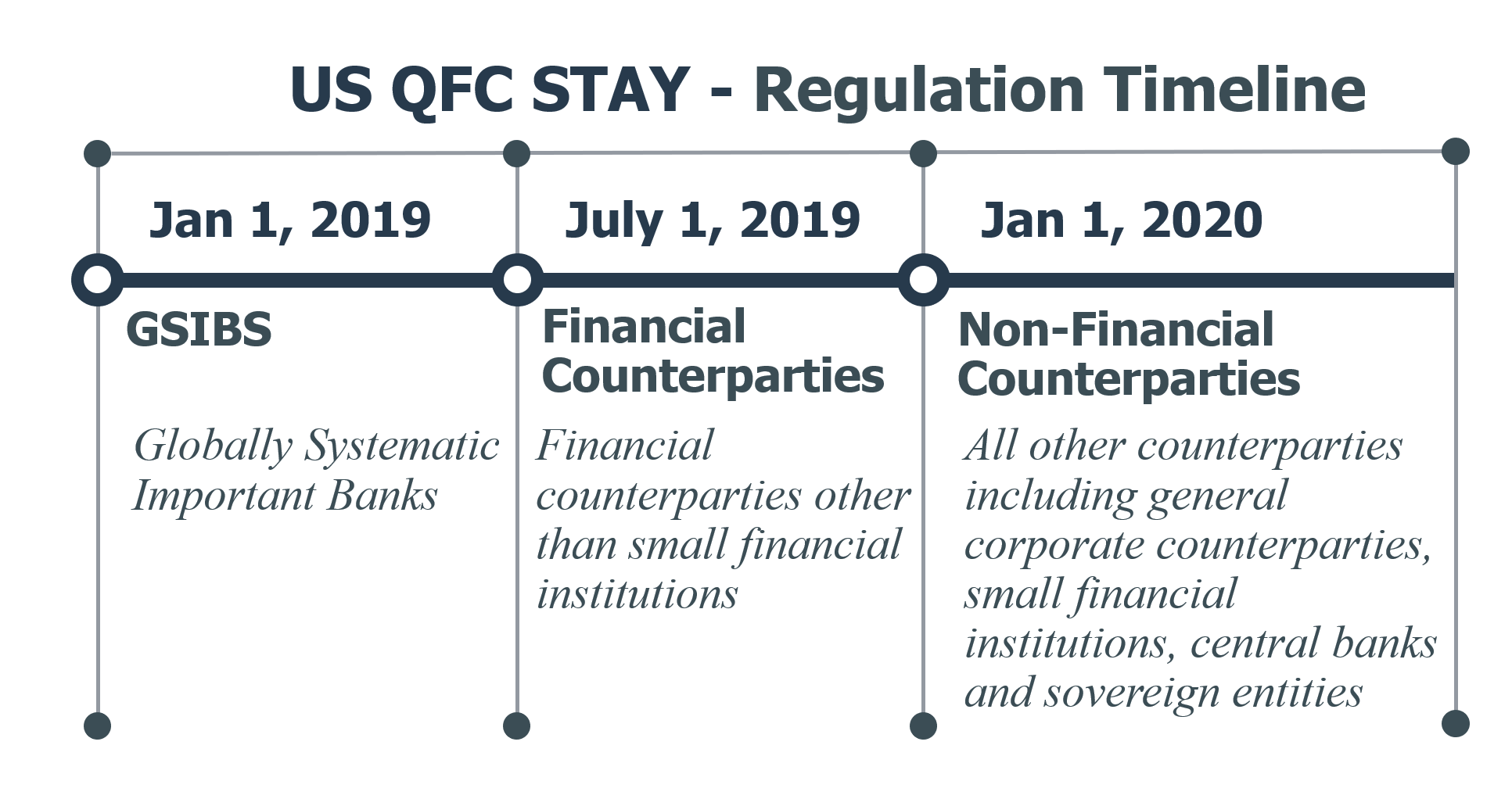Engagement Summary
Monticello Consulting Group (MCG) was engaged by a leading global bank to oversee the implementation of eTrading tools on its Non-Agency Mortgage-Backed Securities desk. This addition of cutting-edge digital tools and new data sources to one of Wall Street’s top Mortgage Trading desks enabled traders to identify and act on a greater number of trading opportunities. By building the tools to harness additional sources of market data and streamline lengthy manual trading processes into a quick automated solution, the desk was able to greatly increase the productivity of its traders, aiding both market share and revenue.
MCG managed the project from initiation through to completion: developing project timelines; managing delivery and communications; and identifying and documenting dependencies, risks, issues, and accomplishments. By working closely with both development teams and traders, Monticello was able to enable a smooth transition to the future state. Monticello’s expertise in complex financial products, project management, digital transformation and Agile methodology were key to the success of this strategic initiative.
Fig 1. Current State and Future State
Case Study Detail
PROJECT BACKGROUND
Mortgage-Backed Securities (MBS) trading is a highly manual process, particularly in the Non-Agency space where bonds are backed by mortgages that fail to qualify for agency backing and are therefore much more heterogeneous than in the larger Agency-Backed market. A typical process involves a buyer calling or emailing a dealer asking for a quote, the trader then checking his inventory, looking upmarket data manually, inputting it into a pricing model (often run via spreadsheet), then copy the output to a new message to reply. A typical trader involved in making markets may only be able to respond to a handful of buyer inquiries per day.
Likewise, automating MBS trading is more complicated than many other fixed-income securities, given the number of variables in the pricing model which themselves require models to determine (such as prepayment risk). These models are also more frequently updated as economic and market conditions change, requiring a flexible and seamless integration process with trading tools.
Our client was looking to expand their MBS market-making business by implementing new tools across their Mortgage desks to enable automation and integration of this process. The goal was to improve productivity and reduce the potential for errors to allow traders to execute more trades while reducing operational risk. In addition, the desk wanted to integrate additional market data feeds from FINRA into their data visualization software to better identify trading opportunities. They expect total revenue growth of $3M over three years following completion of the multi-year program across all desks. MCG was contracted to manage the rollout of these tools to the Non-Agency MBS desk.
ENGAGEMENT OBJECTIVES
Program Management
Implemented a project management structure to facilitate effective communication across key project teams, manage project scope, and track progress.
Determined project timeline in accordance with resource constraints, external dependencies, and commitments to senior management
Managed execution through clear communications, detailed progress tracking, and effective problem-solving
Documented and escalated all risks, issues, and dependencies as required
Digital Transformation
Helped development team deliver cutting-edge technology tools to transform and automate the Non-Agency MBS trading process.
Ensured complete understanding of dependencies and system requirements prior to the start of implementation
Verified that testing plan was robust and complete to ensure the system was functional, reliable, and secure
Agile
Enabled development team to follow Agile model of delivering working code, then prioritize features and fixes based on feedback from end-users.
Managed process of continuous delivery and updates to working production software and tracked changes to planning as feedback was received from end-users
Tracked project delivery through Agile tools (Jira) to ensure that all stakeholders had up to date information on current progress and priorities
BUSINESS VALUE
The Monticello team applied expertise in project management, digital transformation, Agile delivery and MBS product knowledge to ensure a seamless implementation. The team was able to quickly get up to speed given their extensive experience with trading technology and technology integration. By facilitating communication between stakeholders and efficiently managing the software delivery lifecycle, the team helped the client achieve their goals in increasing trader productivity, reducing operational risk and supporting a strategic digital transition of the MBS trading desk.












































